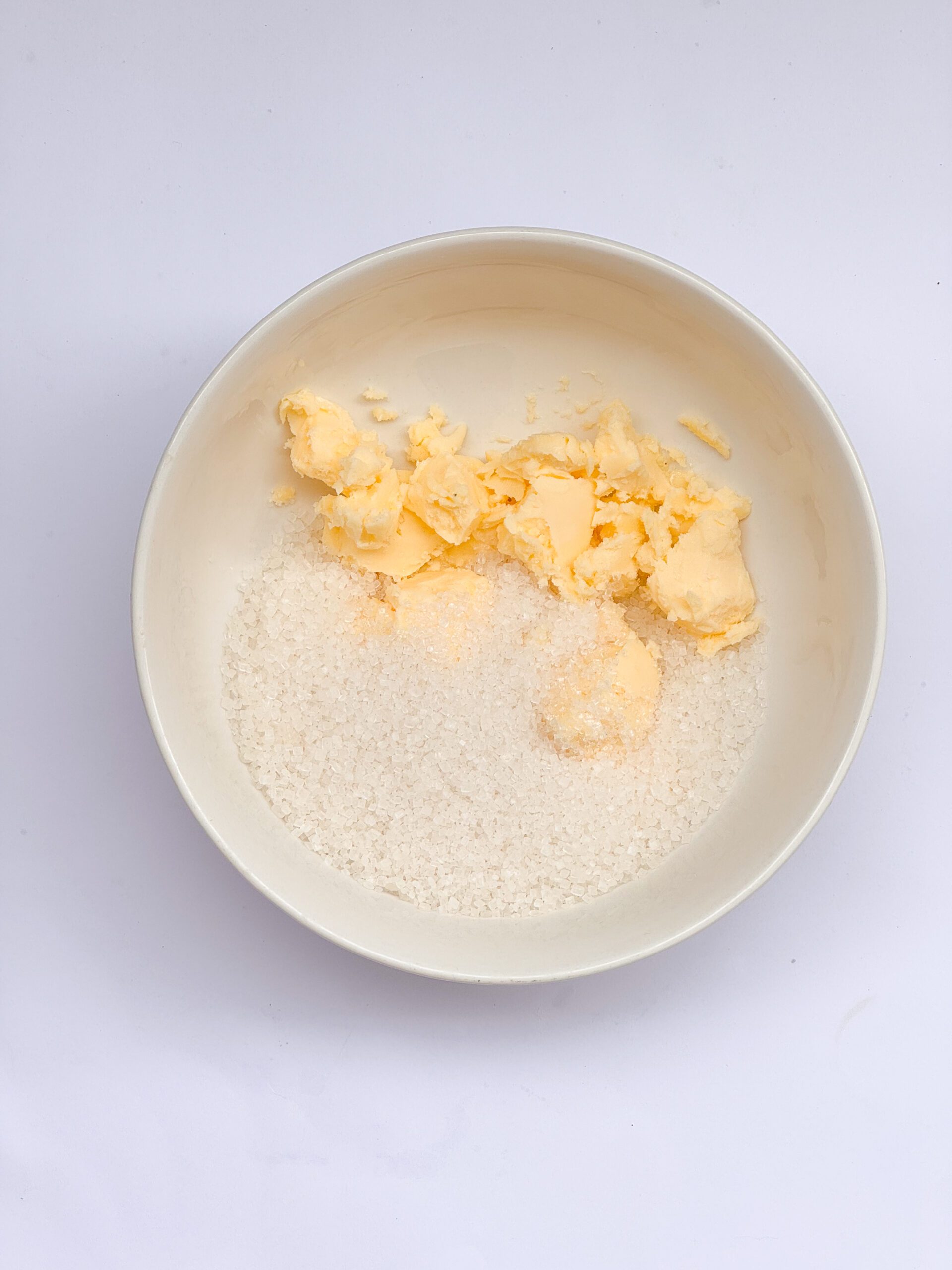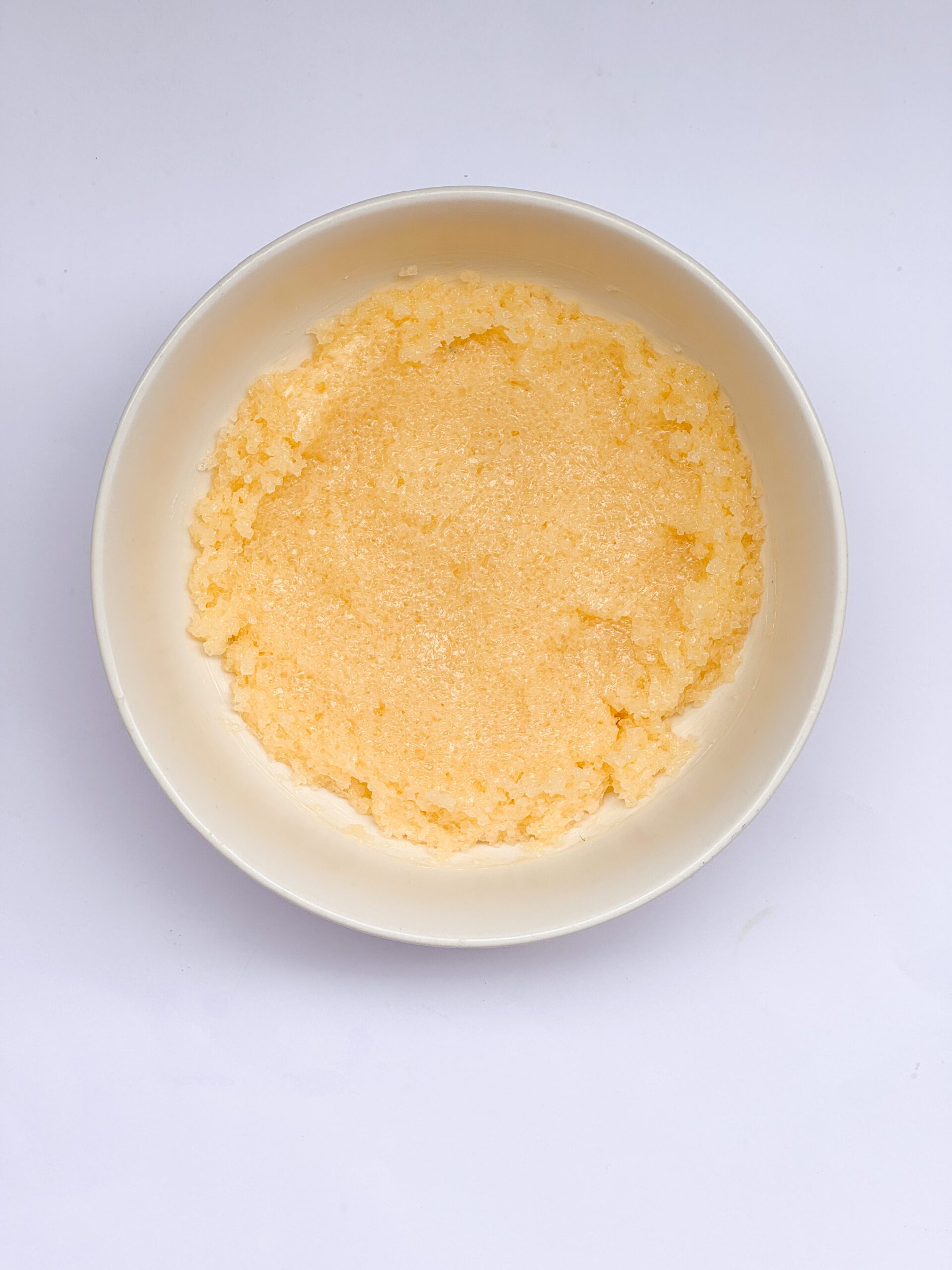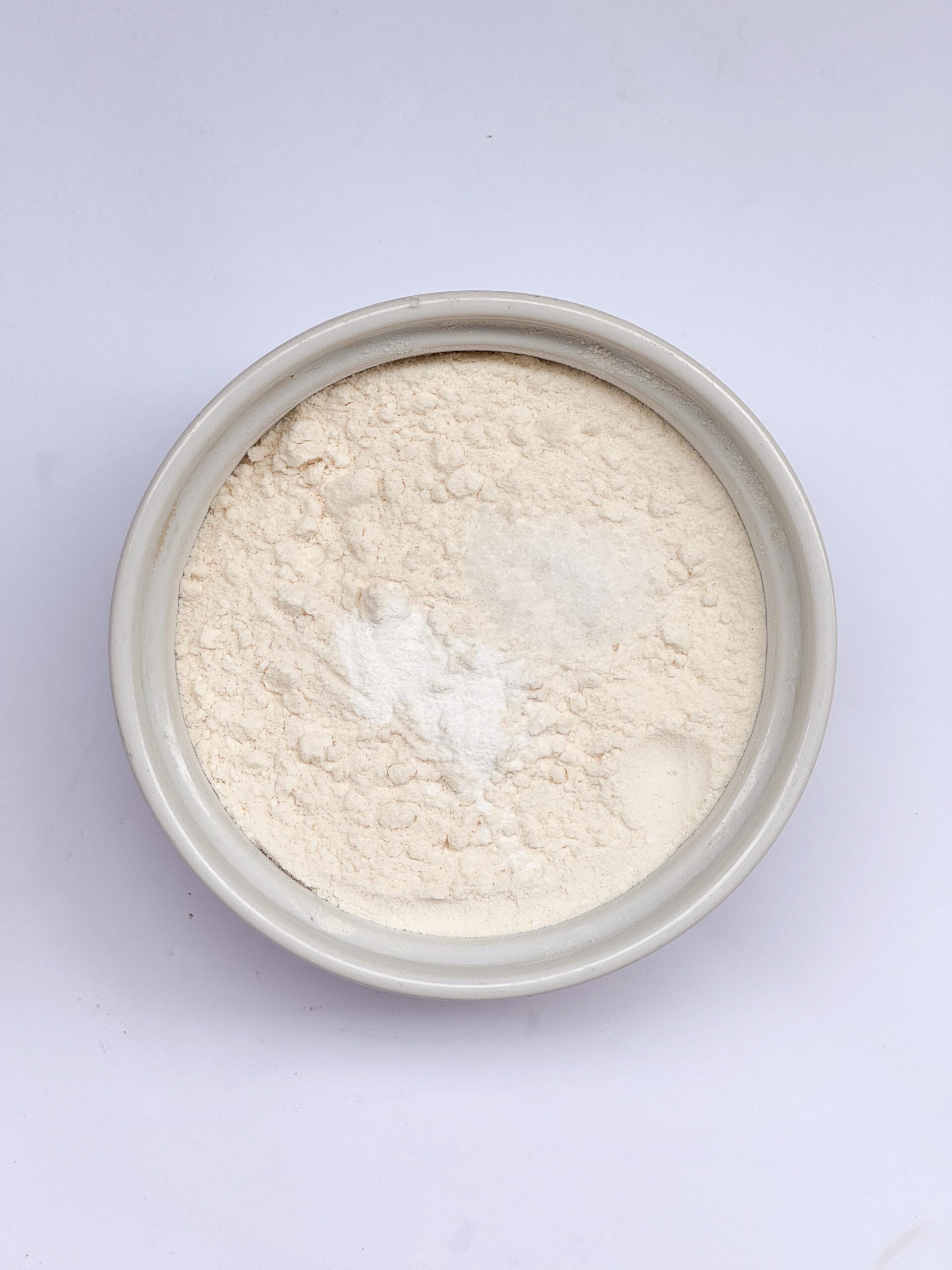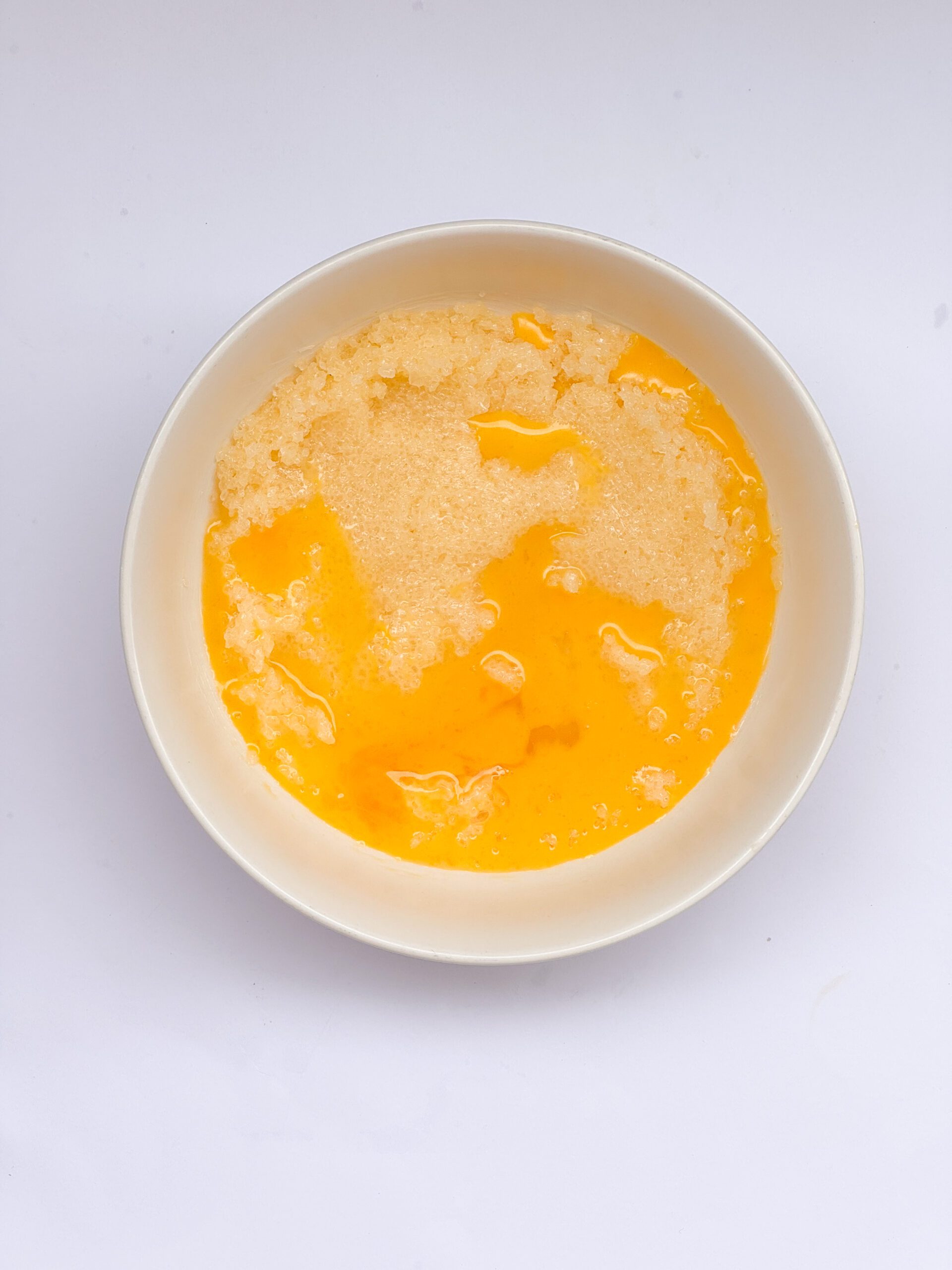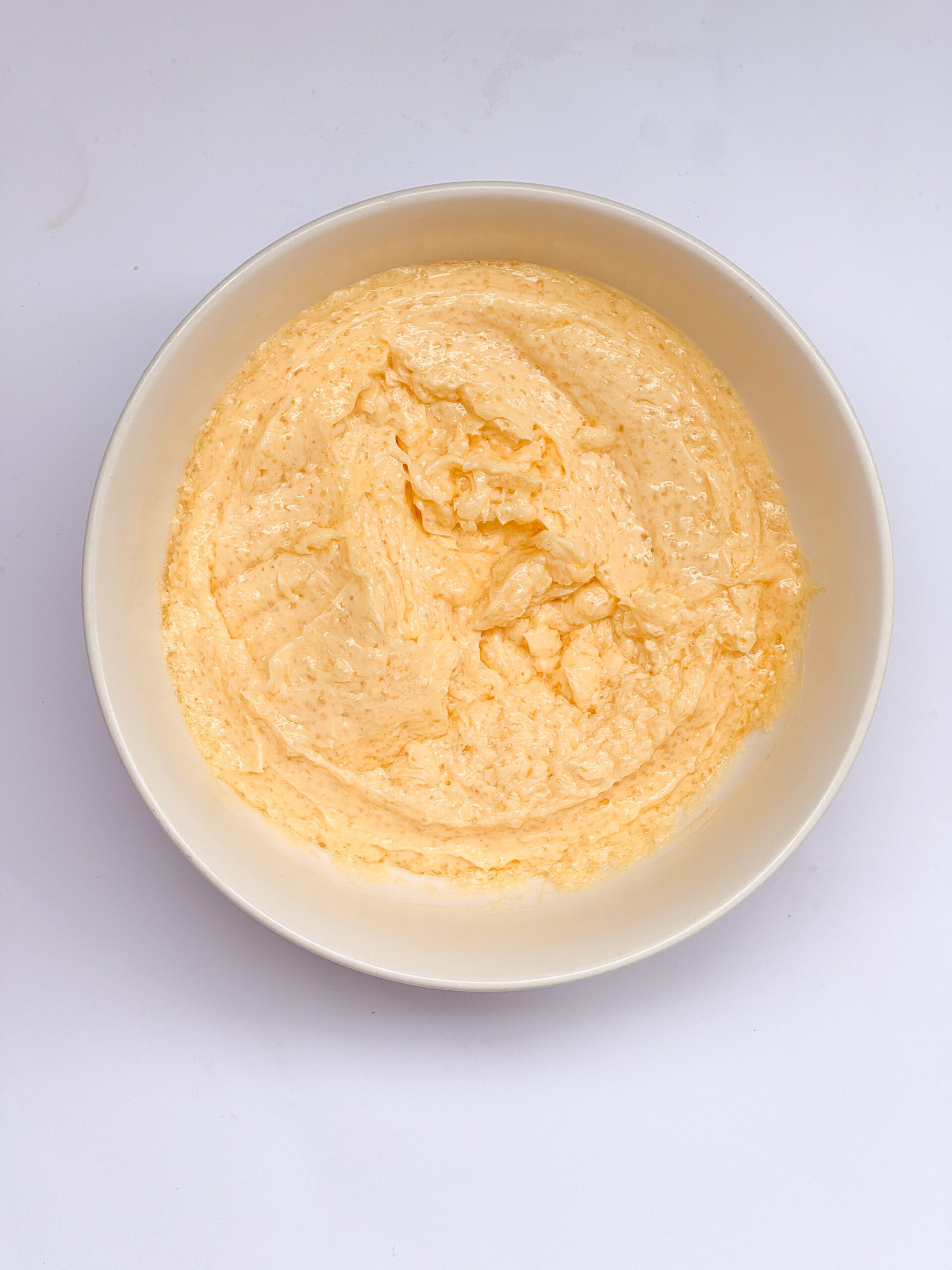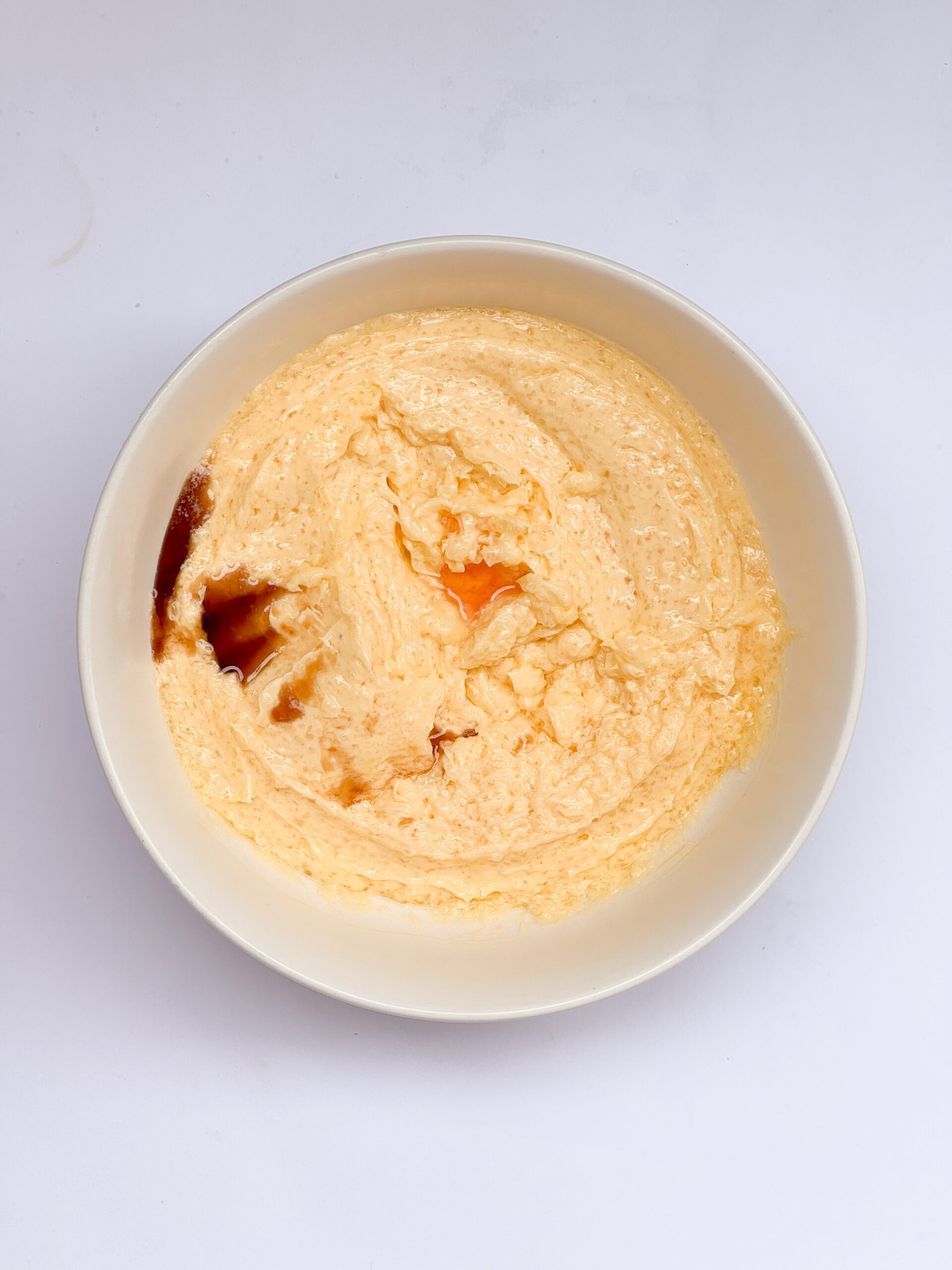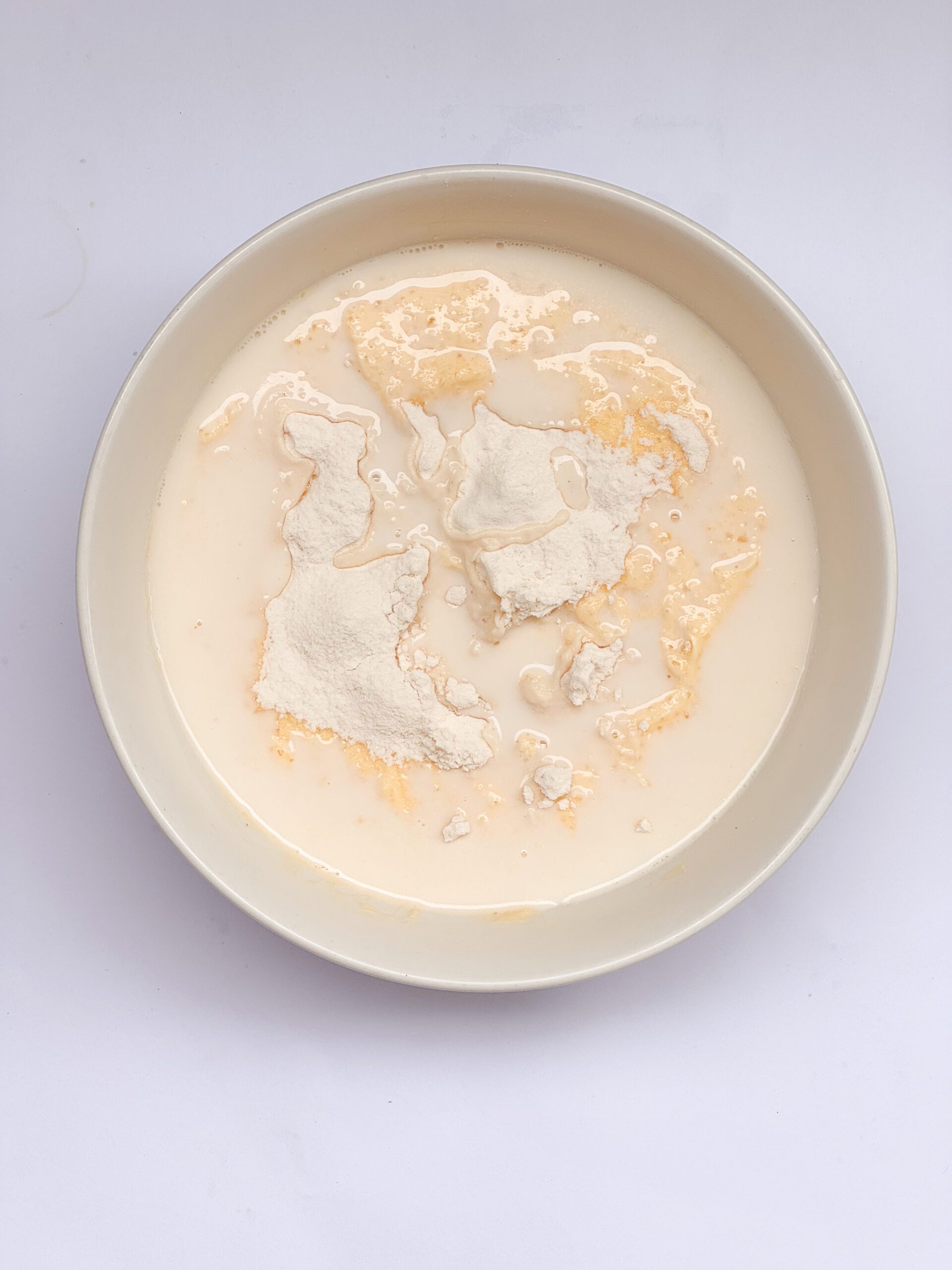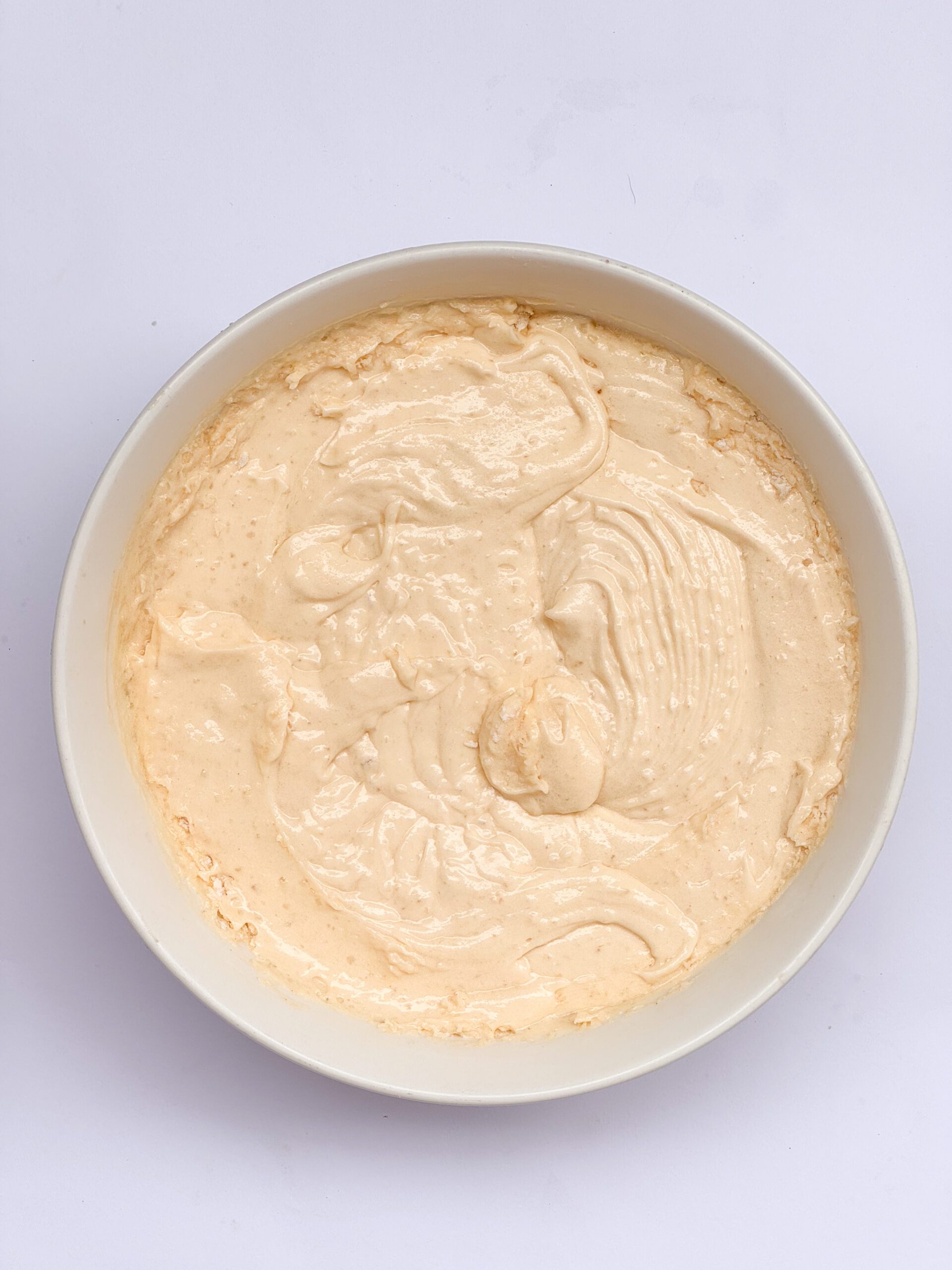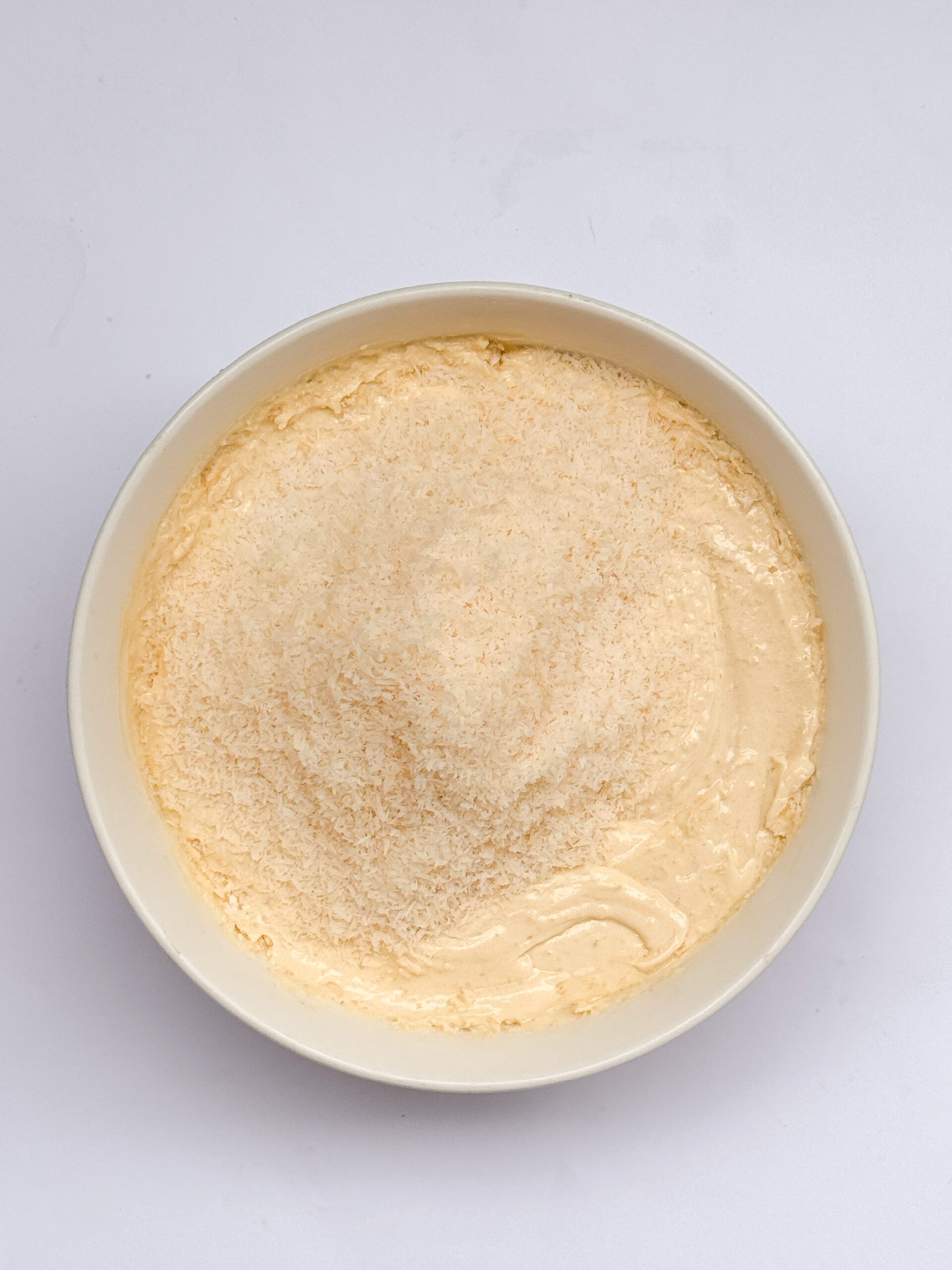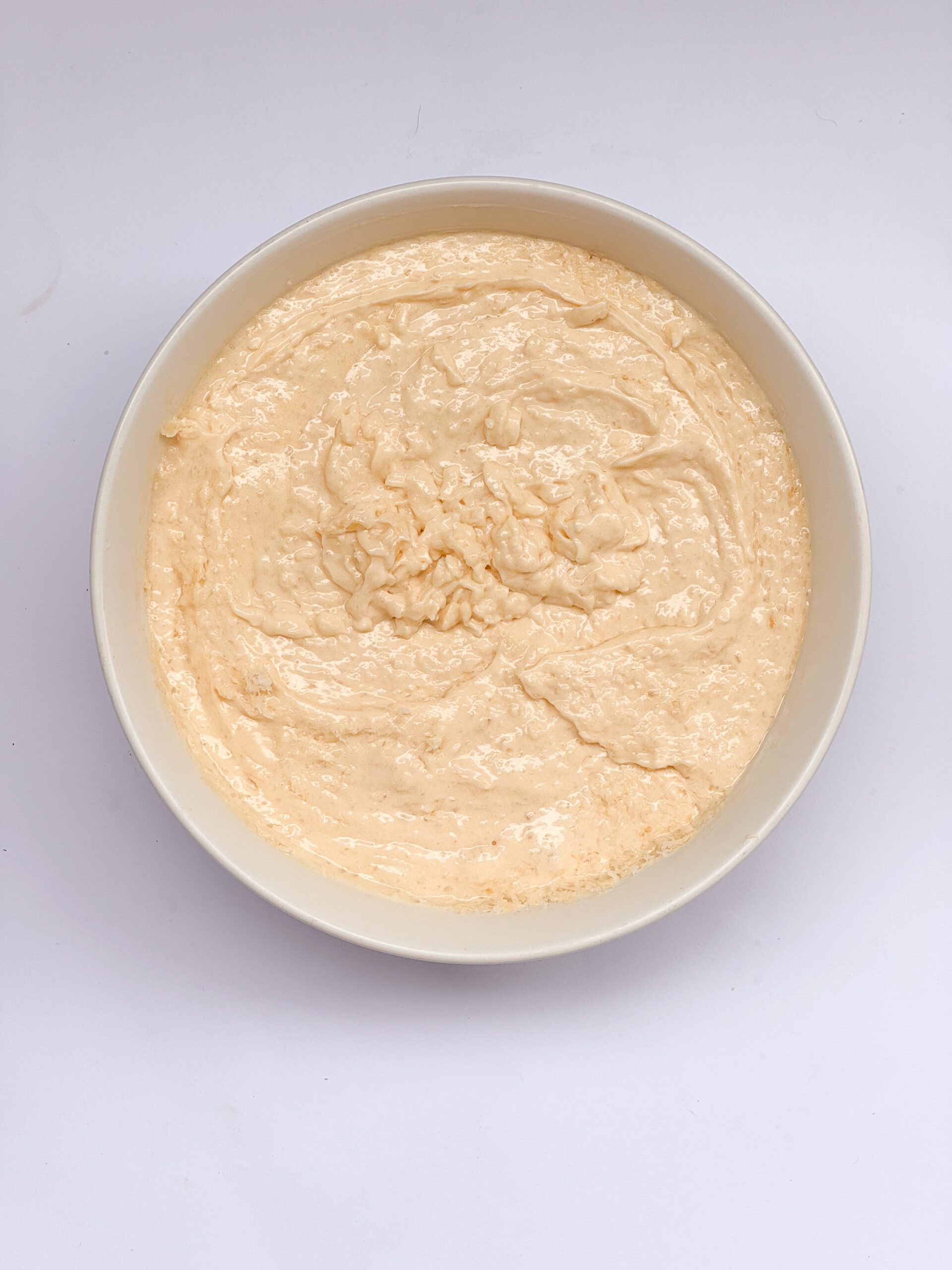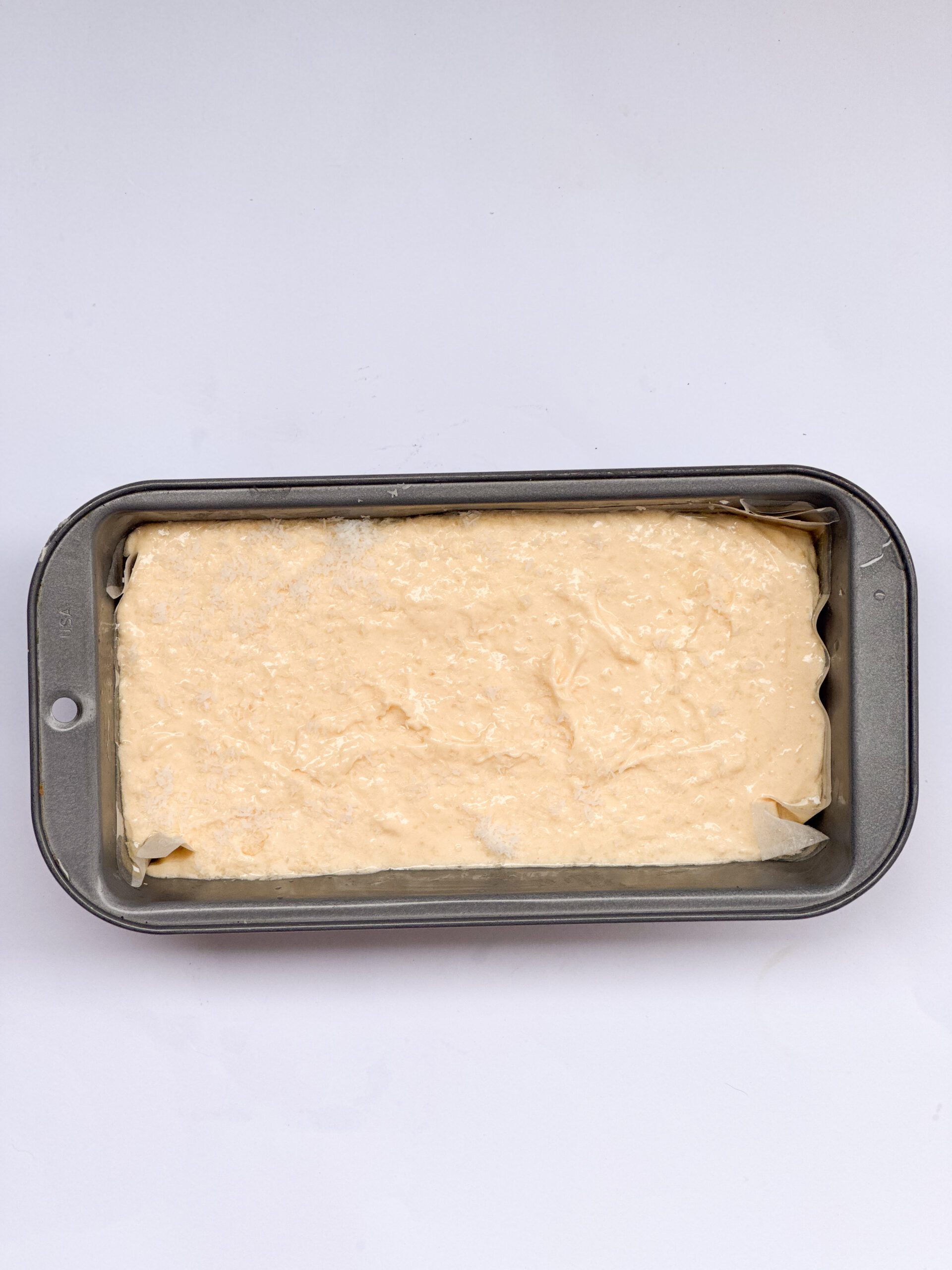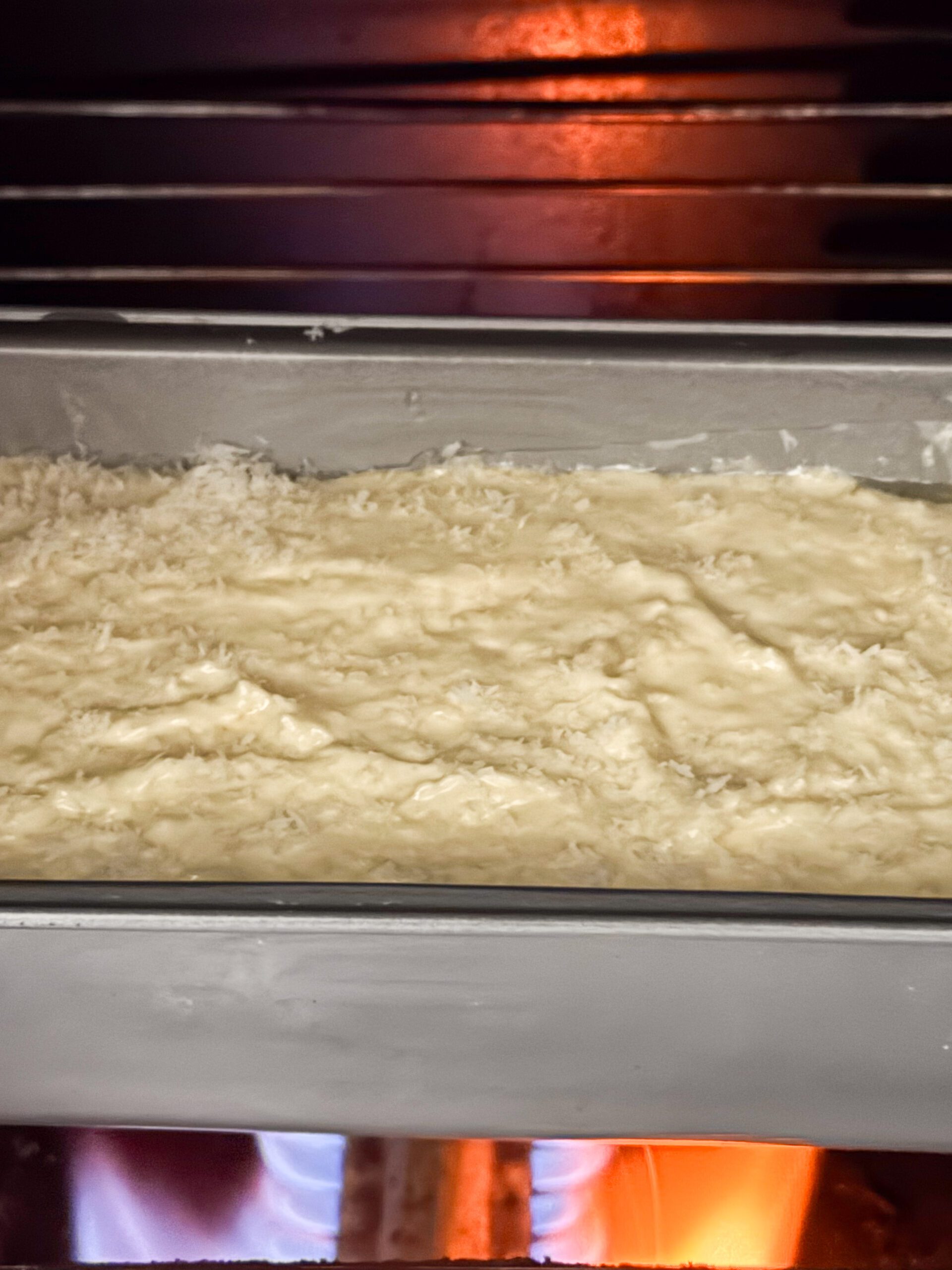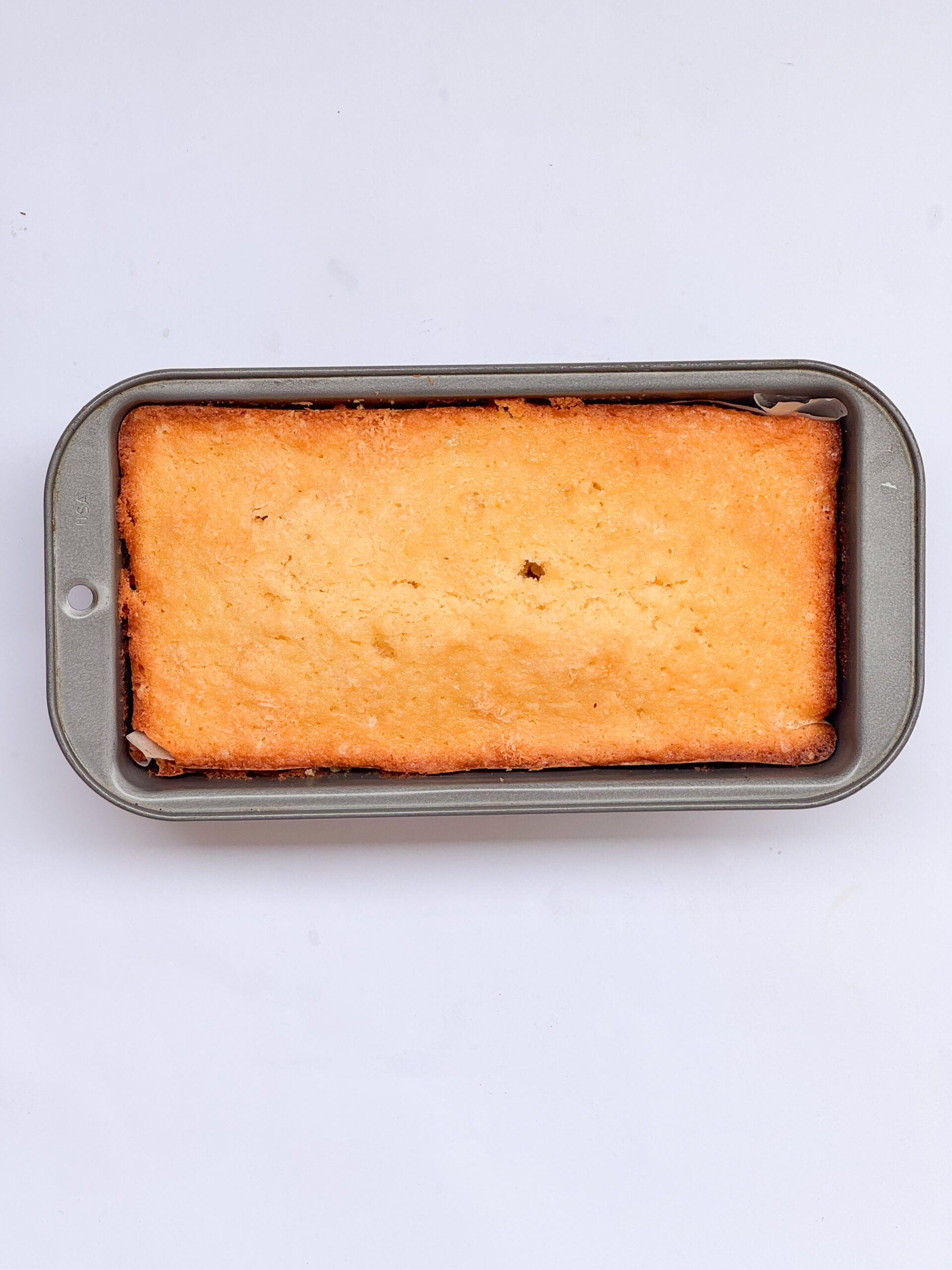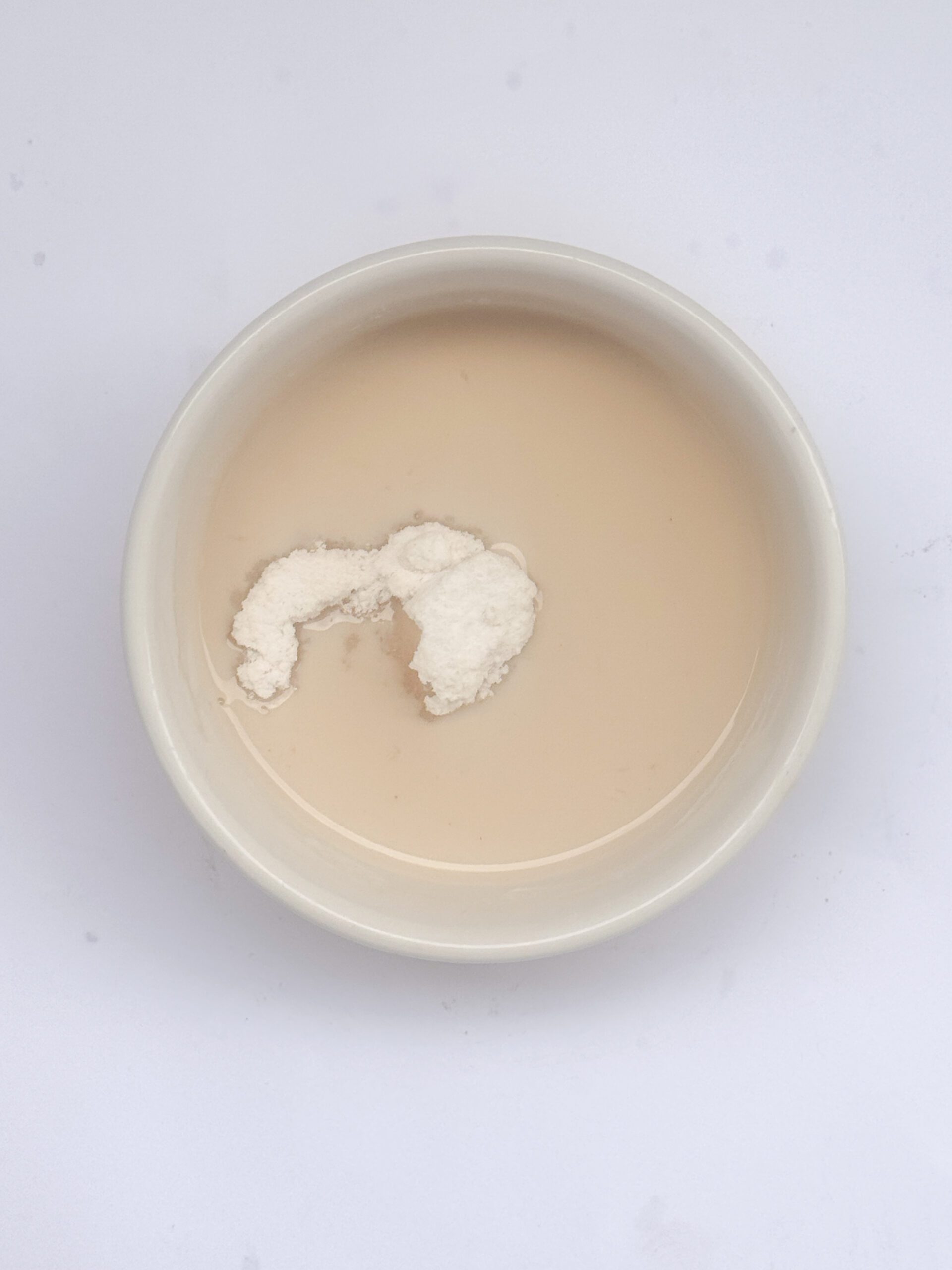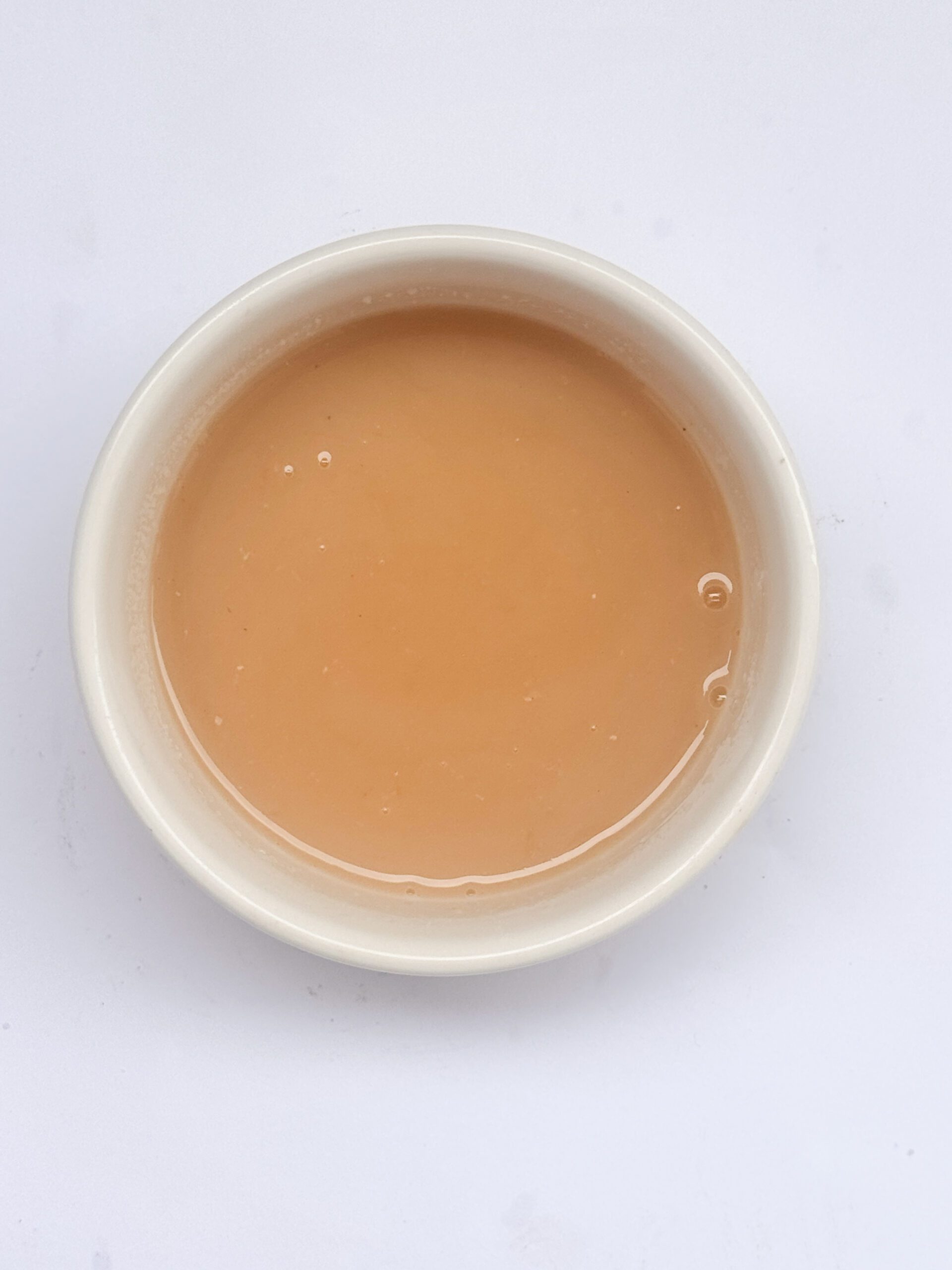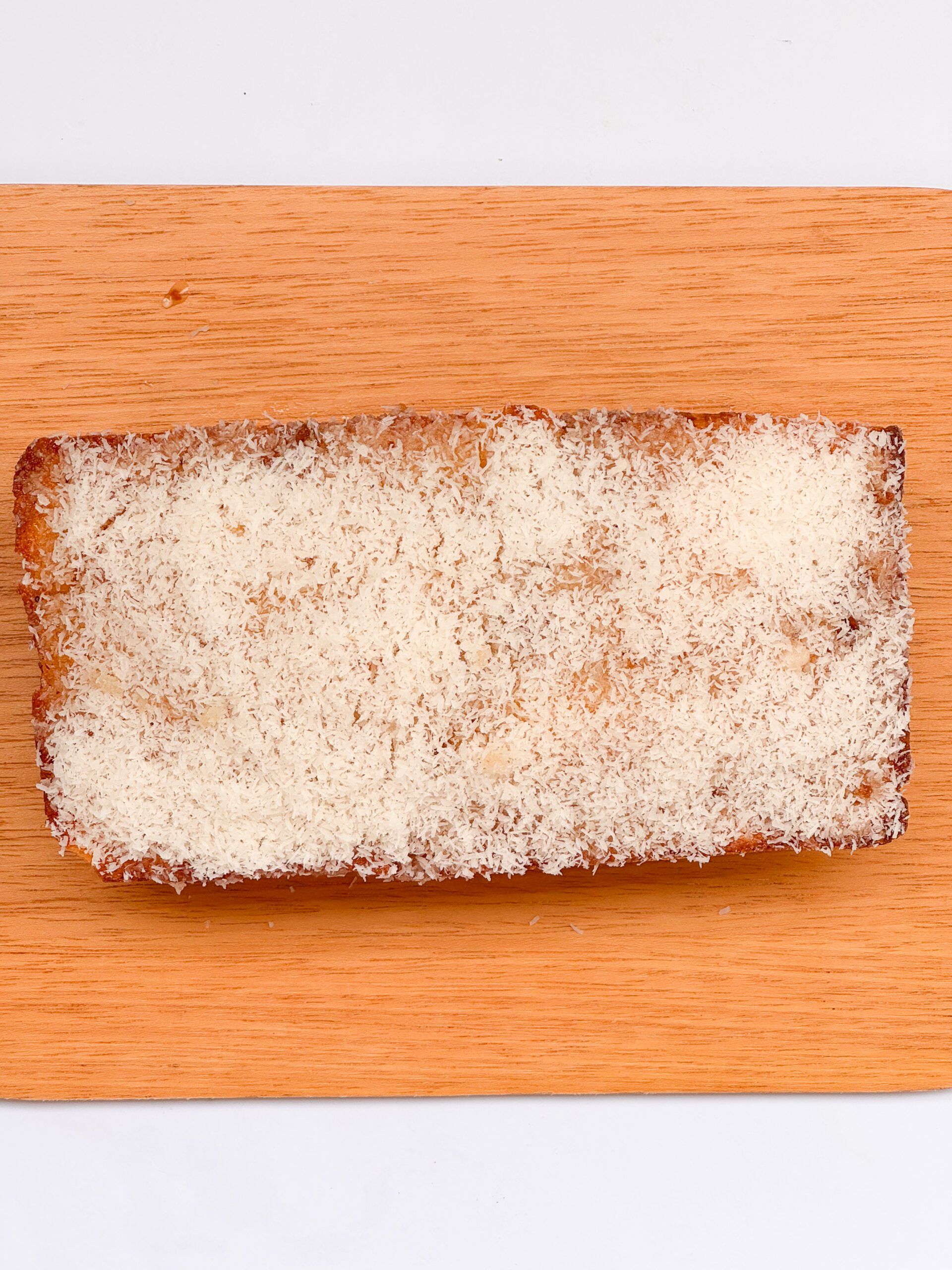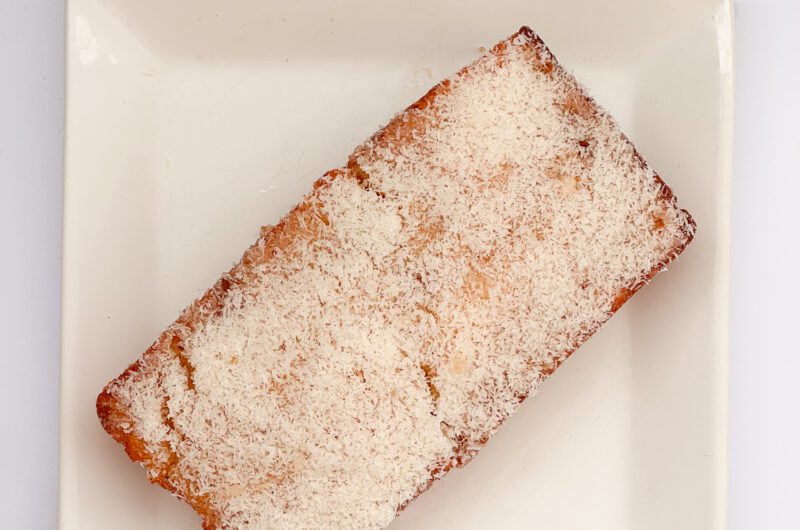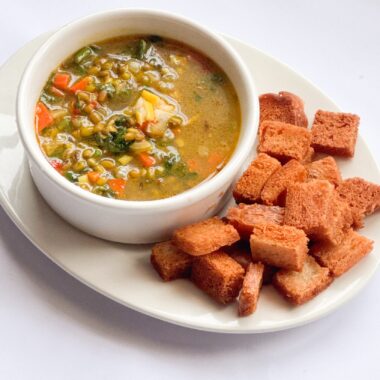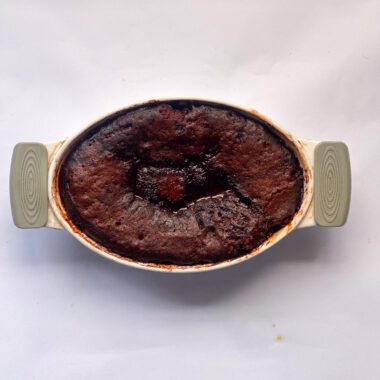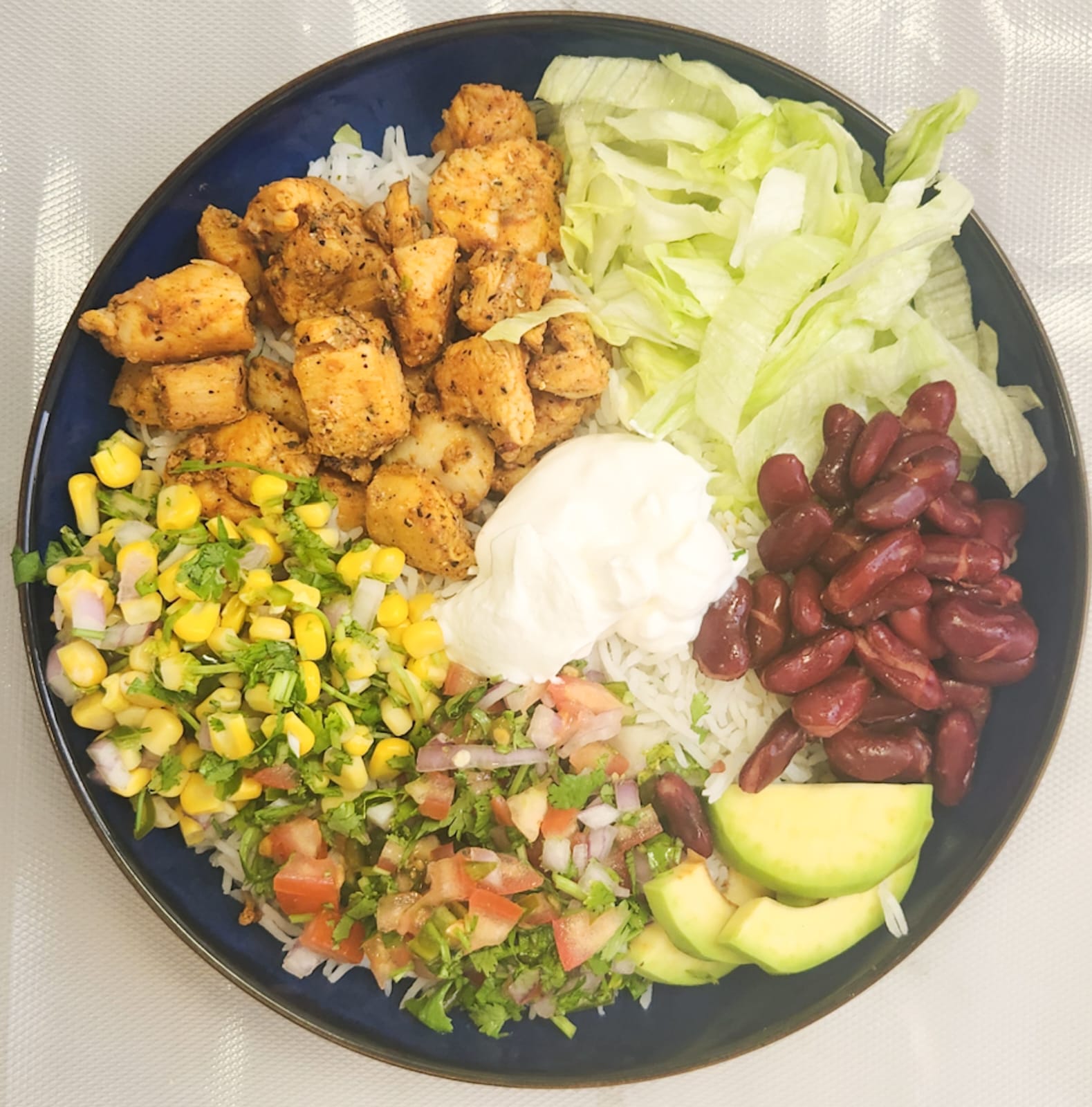Coconut cake used to intimidate me until I discovered this foolproof loaf version. After years of watching detailed layer cakes collapse or turn out dry, I finally found a recipe that gives intense coconut flavor very easily.
This Paula Deen-inspired coconut loaf cake changed my baking game completely – it’s nearly impossible to mess up and tastes like you spent hours perfecting it.
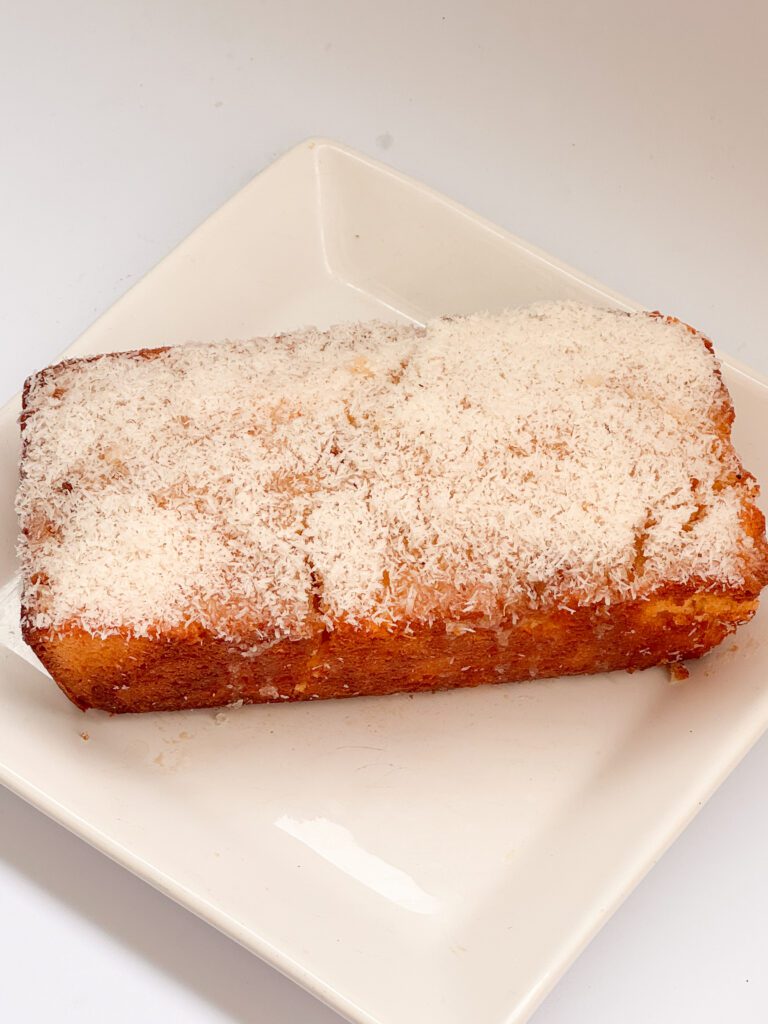
Why You’ll Love This Recipe
- Single pan simplicity eliminates layer cake disasters: The loaf format means no splitting, filling, or stacking layers. You get all the coconut flavor without the stress of assembly, making it perfect for beginner bakers.
- Coconut milk creates unmatched moisture: Unlike recipes that rely solely on butter, the coconut milk keeps this cake incredibly moist for days. The combination creates a tender crumb that never feels heavy or greasy.
- Three-ingredient glaze transforms the ordinary: While other recipes need complex frostings, this simple glaze soaks into the cake and creates a beautiful glossy finish that looks professional with minimal effort.
Coconut’s Hidden Health Benefits
Most people don’t realize that coconut contains medium-chain triglycerides (MCTs), which your body processes differently than other fats. These healthy fats actually boost metabolism and provide quick energy without storing as body fat. The shredded coconut also adds fiber that helps stabilize blood sugar, making this cake surprisingly satisfying and less likely to cause energy crashes than traditional desserts.

Tasty Desserts You Must Try!
1. High Protein Strawberry Cottage Cheese Muffins
2. No Bake Coconut Balls With Cream Cheese
3. Mom’s Old Fashioned Baked Rice Pudding Recipe
4. Super Fudgy “Sweet Potato Brownies”
How to Make Coconut Loaf Cake

Ingredients
¾ cup unsalted butter, softened: Room temperature butter creams properly with sugar – cold butter creates lumps and warm butter makes the batter separate.
1½ cups sugar: Granulated sugar provides structure and helps create the cake’s tender texture when creamed with butter.
3 large eggs, room temperature: Cold eggs can curdle the batter, while room temperature eggs blend smoothly and create better volume.
1/2 teaspoon vanilla and almond extracts: A little goes a long way – too much tastes artificial and overpowering.
1½ cups all-purpose flour: The protein content in all-purpose flour creates the perfect balance of structure and tenderness.
½ teaspoon baking powder: Fresh baking powder is crucial – test yours by adding a pinch to hot water to see if it bubbles.
½ teaspoon kosher salt: Enhances all the flavors and balances the sweetness without making the cake taste salty.
½ cup unsweetened coconut milk: The key to moisture and coconut flavor – sweetened coconut milk would throw off the sugar balance.
1 cup shredded coconut: Adds texture and pockets of concentrated coconut flavor throughout the cake.
- For the Coconut Glaze:
1 cup powdered sugar: Sift it to avoid lumps in your glaze.
1/3 cup coconut milk: Creates the perfect consistency for drizzling.
1 teaspoon vanilla extract: For taste
Equipment Needed
- loaf pan
- Electric mixer (optional)
- Large mixing bowl
- Medium bowl for dry ingredients
- Wire cooling rack
- Small saucepan for glaze
Directions
- Preheat your oven to 350°F (175°C) and butter a loaf pan and line it with a strip of parchment paper to make it easy to lift the cake out later.

- Cream the butter and sugar: In a mixer with the paddle attachment (or using a hand mixer), beat the softened butter and sugar together for about 3 minutes until it looks light and fluffy.

- Mix the dry ingredients: While that’s mixing, stir the flour, baking powder, and salt together in a small bowl using a fork or whisk.

- Add the eggs: Add the eggs one at a time, mixing just until each one is fully combined before adding the next.


- Add the extracts: Mix in the vanilla and almond extracts.

- Combine everything: Turn the mixer to low. Add the flour mixture and coconut milk a little at a time, alternating between the two. Start and end with the flour. Mix just until everything is combined—don’t overmix.


- Add the shredded coconut: Scrape down the sides and bottom of the bowl. Add the shredded coconut and mix briefly to blend it in.


- Bake the loaf: Pour the batter into your prepared pan and smooth out the top. Bake for 1 to 1½ hours—start checking around 1 hour. It’s done when the top is golden brown and a toothpick poked in the center comes out mostly clean (a few moist crumbs are okay, but no wet batter).



- Coconut Glaze
- In a small bowl, whisk together the powdered sugar, coconut milk, and vanilla until smooth.


- Let the loaf cool for about 10–15 minutes, then pour the glaze over the top.
- Sprinkle it with extra shredded coconut if you’d like. Let it set before slicing.

Recipe Notes
- Coconut milk brands vary dramatically in thickness: Full-fat canned coconut milk works best, but if it’s separated, stir it before measuring. Light coconut milk creates a drier cake that lacks the signature moisture.
- Shredded coconut quality affects texture significantly: Bags of coconut that feel dry or look yellowed create tough, chewy bits in the finished cake. Fresh coconut should feel slightly moist and look white.
- Glaze consistency depends on temperature: If your glaze is too thick, add coconut milk one teaspoon at a time. Too thin means adding more powdered sugar gradually until you reach the perfect drizzling consistency.

Variations to Try
- Lime zest adds tropical brightness – One tablespoon of fresh lime zest in the batter creates a more complex flavor profile that cuts through the richness.
- Toasted coconut deepens the flavor – Lightly toasting the shredded coconut in a dry pan before adding it to the batter creates nutty complexity.
- Rum extract creates sophisticated depth – Replace the coconut extract with rum extract for a more grown-up flavor that pairs beautifully with coconut.
- Pineapple chunks add tropical flair – Fold in ½ cup of well-drained crushed pineapple for island-inspired flavor.

FAQs
Can I use coconut oil instead of butter for a more intense coconut flavor? Coconut oil works, but the texture changes slightly. Use the same amount of solid coconut oil at room temperature. The cake will be denser but have stronger coconut taste. You’ll lose some of the light, fluffy texture that butter provides.How do I prevent the coconut from sinking to the bottom during baking? Toss the shredded coconut with a tablespoon of flour before folding it into the batter. This coating helps suspend the coconut throughout the cake instead of letting it settle at the bottom.
The Best, Quick, And Easy Coconut Loaf Cake
Course: DessertCuisine: American9
people15
minutes55
minutes1
hour10
minutesIngredients
¾ cup unsalted butter, softened
1½ cups granulated sugar
3 large eggs, room temperature
½ tsp vanilla extract
½ tsp almond extract
1½ cups all-purpose flour
½ tsp baking powder
½ tsp kosher salt
½ cup unsweetened coconut milk
1 cup shredded coconut
- Coconut Glaze:
1 cup powdered sugar (sifted)
⅓ cup coconut milk
1 tsp vanilla extract
Directions
- Preheat the oven to 350 degrees.
- Beat butter and sugar for about 3 minutes.
- Combine flour, baking powder and salt in a bowl and give it a stir with a fork.
- Add in one egg at a time, beating just to incorporate.
- Next, beat in extracts.
- Turn the mixer to low and alternate flour mixture and coconut milk until combined.
- Scrape the sides and bottom of the bowl.
- Add shredded coconut to the batter and give it one more quick mix.
- Prepare a loaf pan (we use a ceramic loaf pan) with a strip of parchment paper and butter.
- Pour batter into the loaf pan, spread evenly, and bake for about 1 hour to 1 1/2 hours. Time depends on oven. You have to check the loaf and make sure it’s finished.
- Coconut Glaze
- In a small bowl, combine all of the glaze ingredients and whisk with a fork until smooth.
- Pour over the bread once it’s cooled for 10-15 minutes.
- Top the coconut loaf and glaze with shredded coconut.
